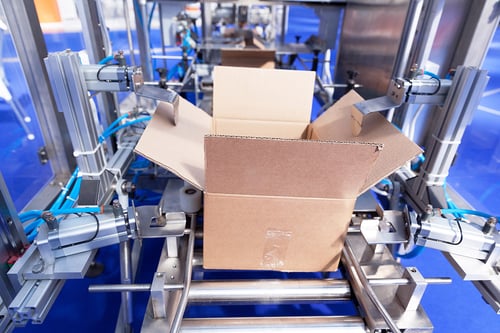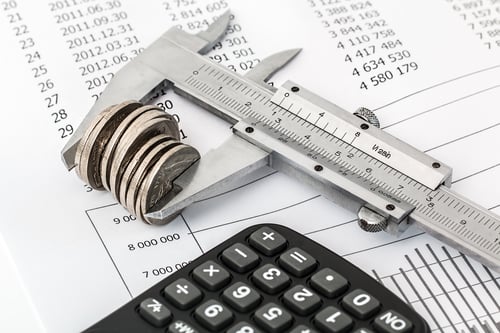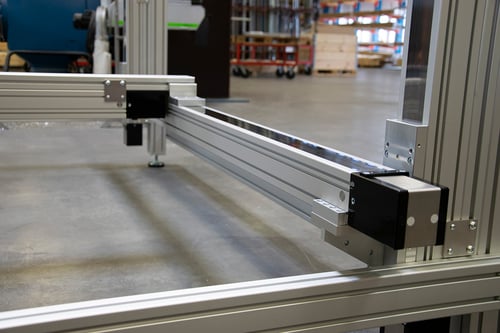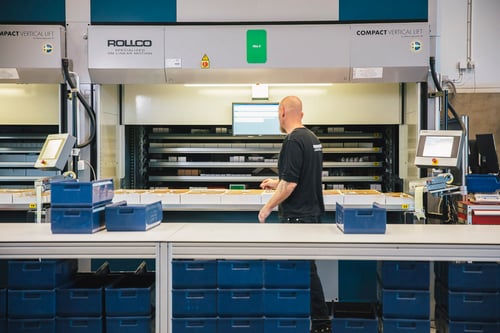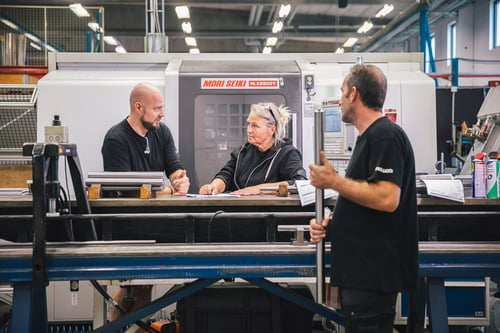How to optimise your purchases of linear systems
A variety of factors come into play when choosing a linear system supplier. It is easy to only look at the price, but several other parameters are essential. It is about stock capacity, delivery times, complaint handling and how technically knowledgeable they are. Here we have collected a lot of information and tips on how to proceed to optimise your purchases.
Mistakes happen, and orders can be incomplete, damaged or incorrect. It happens to everyone, no matter how careful and quality-conscious they are. That's why it's crucial to know how your supplier handles complaints. The basis of all successful complaint handling is communication. It requires your supplier to be fast in terms of feedback. The communication must be clear, fast, honest and transparent.
By choosing components that are directly interchangeable with other makes, known as open standards, you ensure that you are not locked in or tied to a single manufacturer. Custom-made components that cannot combine with other brands have a limited number of suppliers. It increases the risk of limited availability and delivery delays.
It is not difficult to understand that cheap and best quality rarely go together. The question is, what is a satisfying price in relation to performance? It is often possible to choose components with a lower capacity without jeopardising the function and reliability of the solution itself. But it's also about trying to carefully consider the construction itself. Sometimes an alternative solution can make it possible to use a component that meets the requirements at a lower cost.
When purchasing components for a linear system, the price tag does not give a complete picture of the cost. The installation is also a factor that affects. Therefore, ready-made solutions can be a way to create a better overall economy. Although a ready-made linear solution is often more expensive to purchase than the individual components, it can still reduce the cost because assembly time is shorter.
One way to get an idea of how well the supplier can live up to this is to find out how their warehousing works. How many standard products do they have in stock, and where are the warehouse and manufacturing physically located in relation to your business? You can assess the level of service and the supplier's ability by observing how they communicate. If you receive quick, credible answers to your questions and prompt feedback on a quote request, it indicates that they have good routines and are a customer-oriented organisation.
A factor that affects delivery time is how much inventory the supplier has. Partly, it is about how large volumes they have of individual components. The bigger the stock, the greater the possibility of a short delivery time, even if you need a great quantity. If the supplier has its main warehouse relatively nearby, the delivery time could, in urgent cases, shorten to two or three days. They are not dependent on unsafe long-distance transport via air or boat.
A manufacturer of metalworking machines had issues with assembly taking too long and deviations in parallelism. It led to higher costs. With a specially designed solution, Rollco streamlined the assembly process, increased quality and kept costs within budget.
Choosing a service-oriented supplier that ensures every delivery is of high quality is crucial. During the evaluation process, it is easy to let price be the deciding factor, but the gut feeling you get in contact with the supplier is usually at least as good a benchmark. Here we list ten questions you should ask your potential suppliers.
CONTENT
- How does your linear system supplier handle complaints?
- Lower life cycle cost for open standard linear systems
- How to optimise price and performance for linear systems
- Reduce cost with ready-made solutions for linear systems
- What should you consider when choosing a supplier of linear systems?
- What is the standard delivery time for linear systems and solutions?

